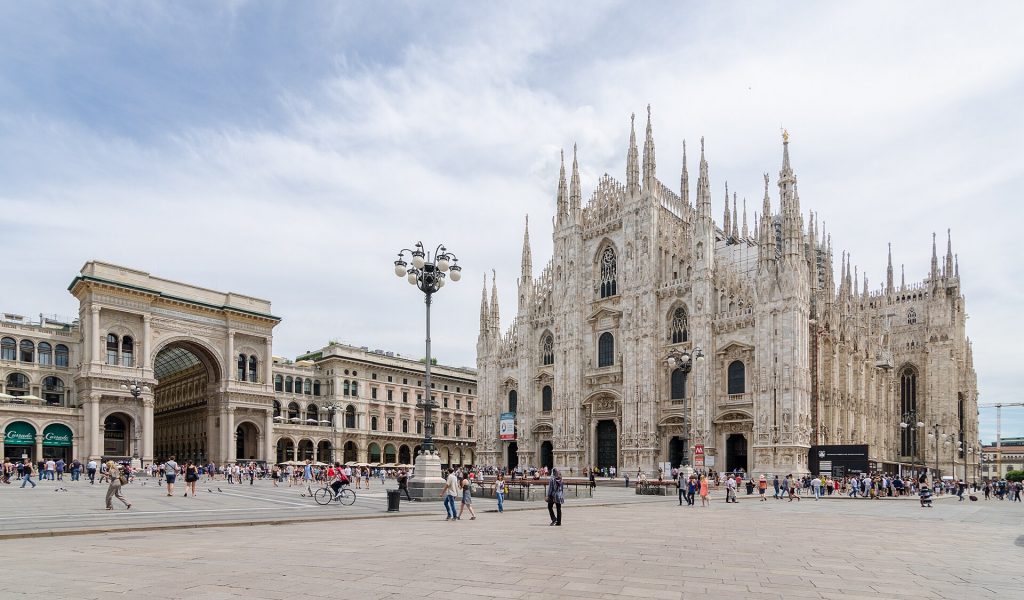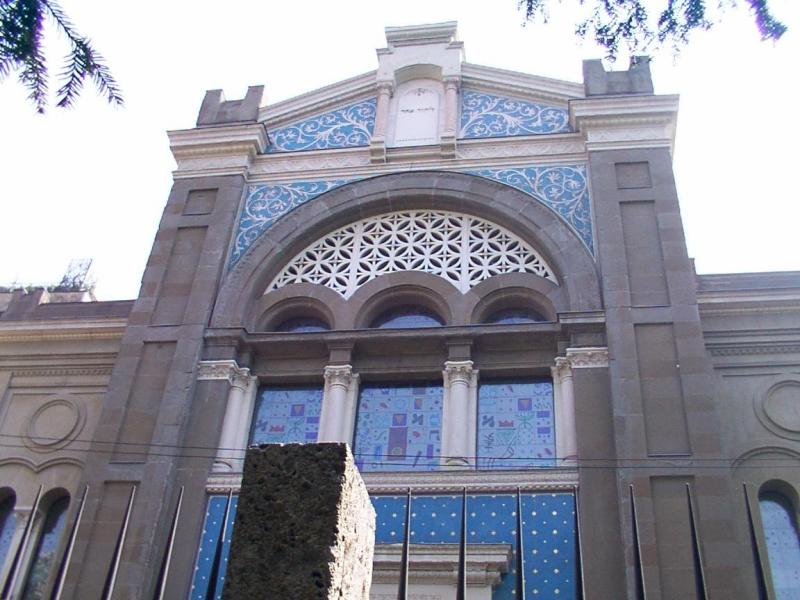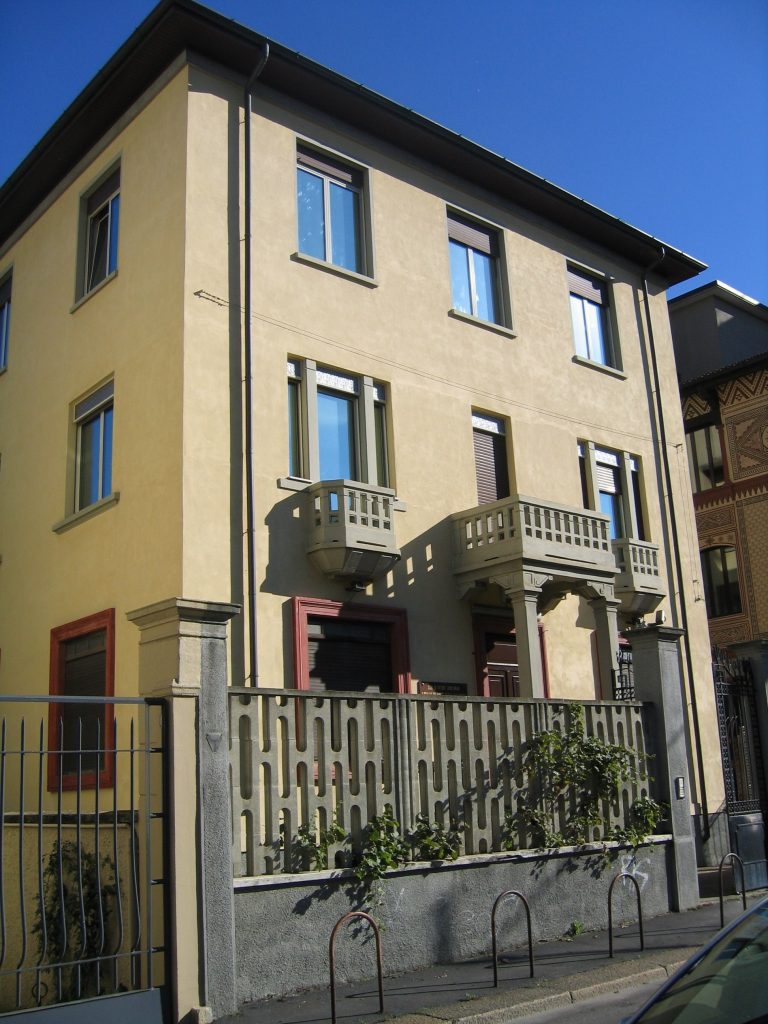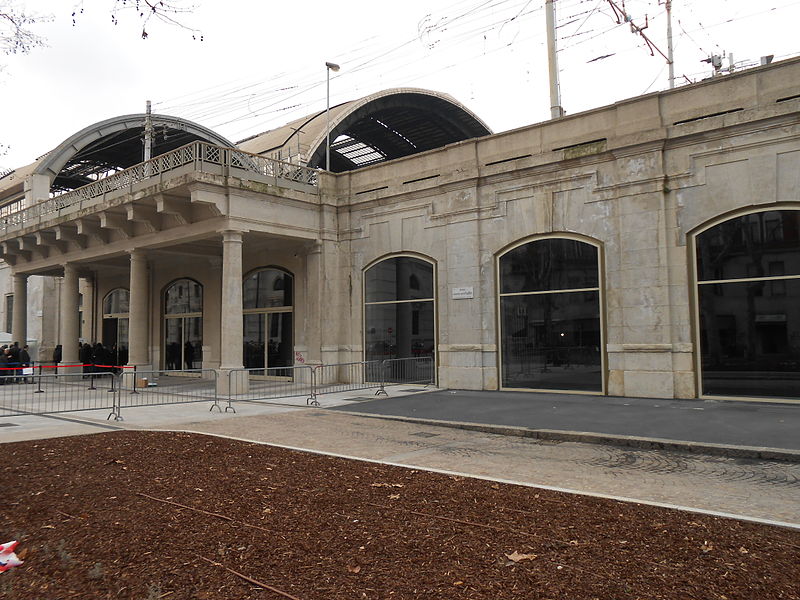
The Jewish presence in Milan dates back to the Roman period. Hebrew inscriptions from this period have been found by archaeologists. A Milanese synagogue dated back to at least the 4th century, but it was destroyed by local residents. Milanese Jews continued to live there over the centuries.
It was not until the 13th century, with the arrival of more Jews in the Lombardy region, that the Milanese community developed. A synagogue was built following permission granted by Duke Filippo Maria Visconti in 1452. However, at the end of the century, the Milanese Jews were expelled.

Their return took place mainly at the beginning of the 19th century, when the city became the Lombard capital of the Napoleonic Kingdom of Italy. Seven Jewish families lived there in 1820, a figure that rose to 200 people twenty years later, a population mainly composed of students who came to take advantage of the opening of the universities without discrimination. Participating in the fight for national independence, the Milanese Jews were integrated into the Kingdom of Italy and were granted equal rights as citizens in 1859.
A synagogue was built in Via Stampa in 1840. A second synagogue was built in Via Guastalla in 1892. Thanks to the industrial development of Milan, the city became a major continental centre of attraction. The Jewish population increased from 700 in 1870 to 4,500 in 1920.

After the First World War, Jews from Eastern Europe settled in Milan. The influx of refugees increased further following the first persecutions in Germany. There were thus 12,000 Milanese Jews present in 1938. At the beginning of the Second World War, about 5,000 Jews managed to escape to the USA and Israel. Following the German invasion, many Jews were captured, deported, and murdered.
Fewer than 5,000 Jews lived in Milan after the war, including refugees from the surrounding villages. Some went to Israel, but other refugees settled in Milan, mainly from Egypt from the late 1940s. Thus, of the 8,500 Milanese Jews in 1965, most were Sephardic. Other Jews from Arab countries integrated in Milan after the Six Day War and the persecutions.
In 1993, the Contemporary Centre of Jewish Documentation (CDEC) was inaugurated, which had the largest collection of video archives related to Jewish life in Europe, thanks in particular to the acquisition of documents from Eastern Europe. At the same time, the 100th anniversary of the synagogue in Via Guastalla was celebrated, restored for the occasion.

At the turn of the 21st century, 6,500 Milanese Jews lived there. The Jewish community had a dozen synagogues and even a newspaper, Il Bollettino della Comunita di Milano. A Holocaust memorial was inaugurated in 2013 in the city’s central station.
An ancient Jewish cemetery dating from the 14th century was located near Porta Tenaglia, a place that has undergone many urban changes. Another old cemetery in Fopponino is no longer present either. In 1872, a Jewish section was granted to the Cimetiero Monumentale of Milan. There is a monument to the victims of Nazism, as well as a prayer room inspired by the stained-glass windows of Chagall.